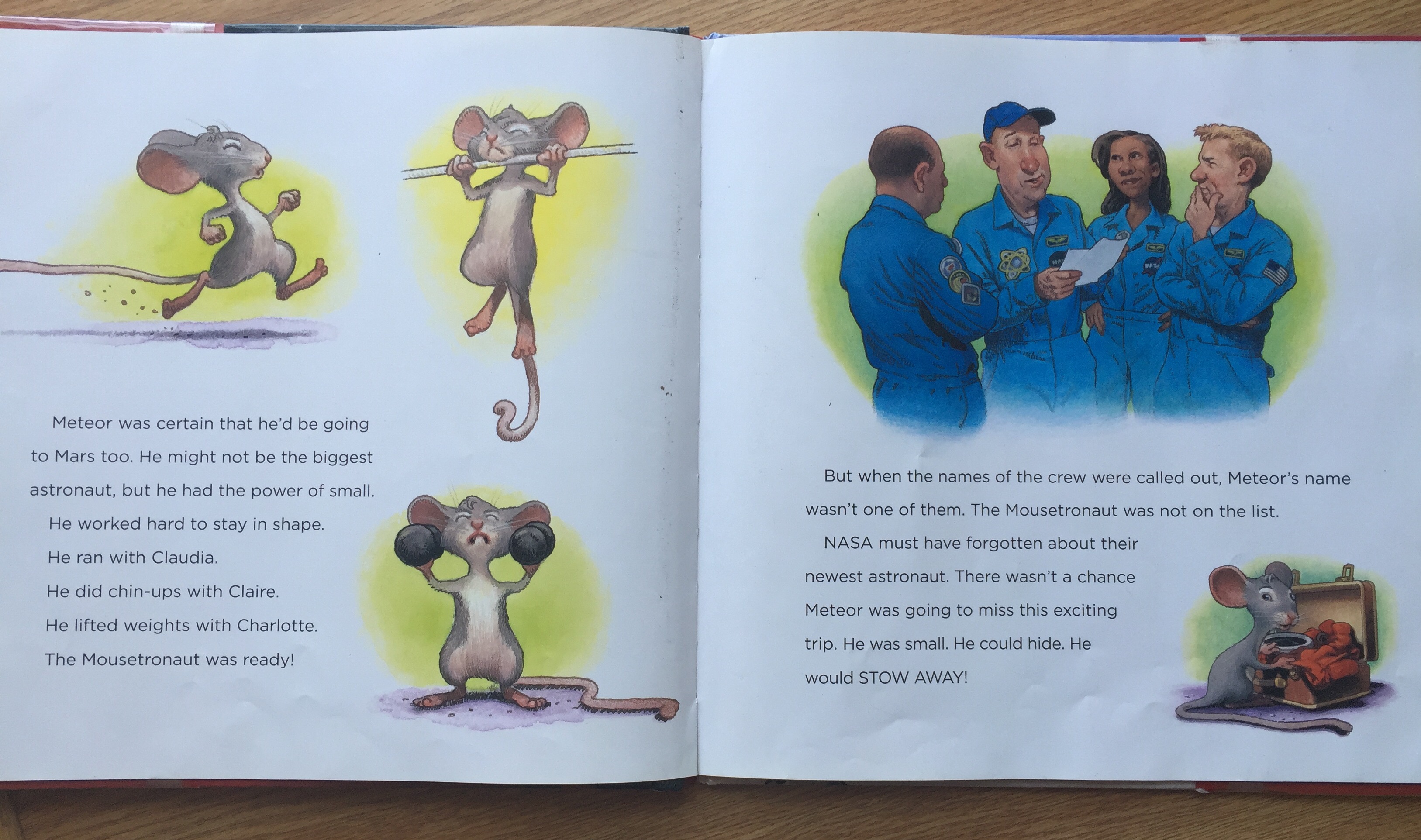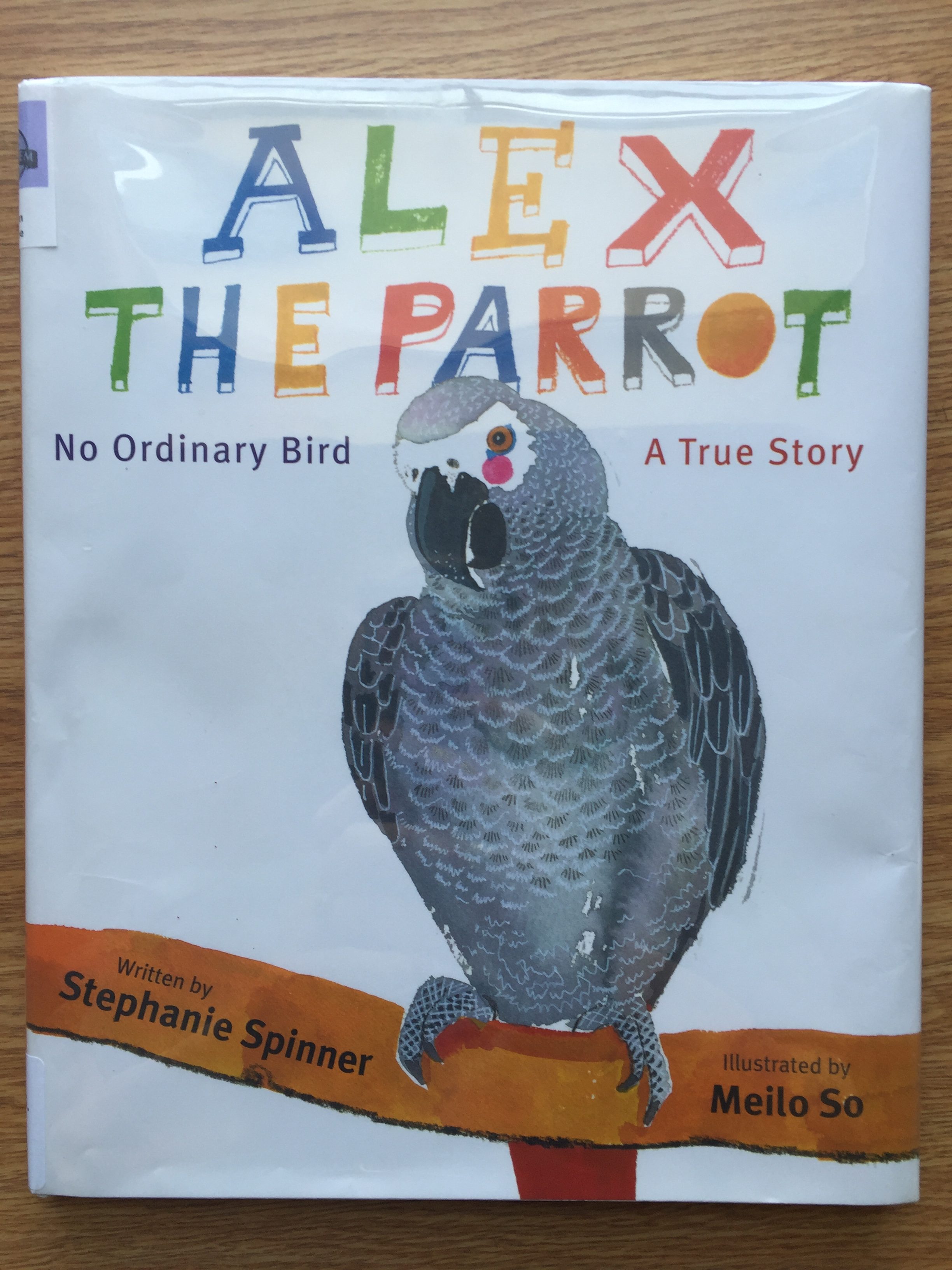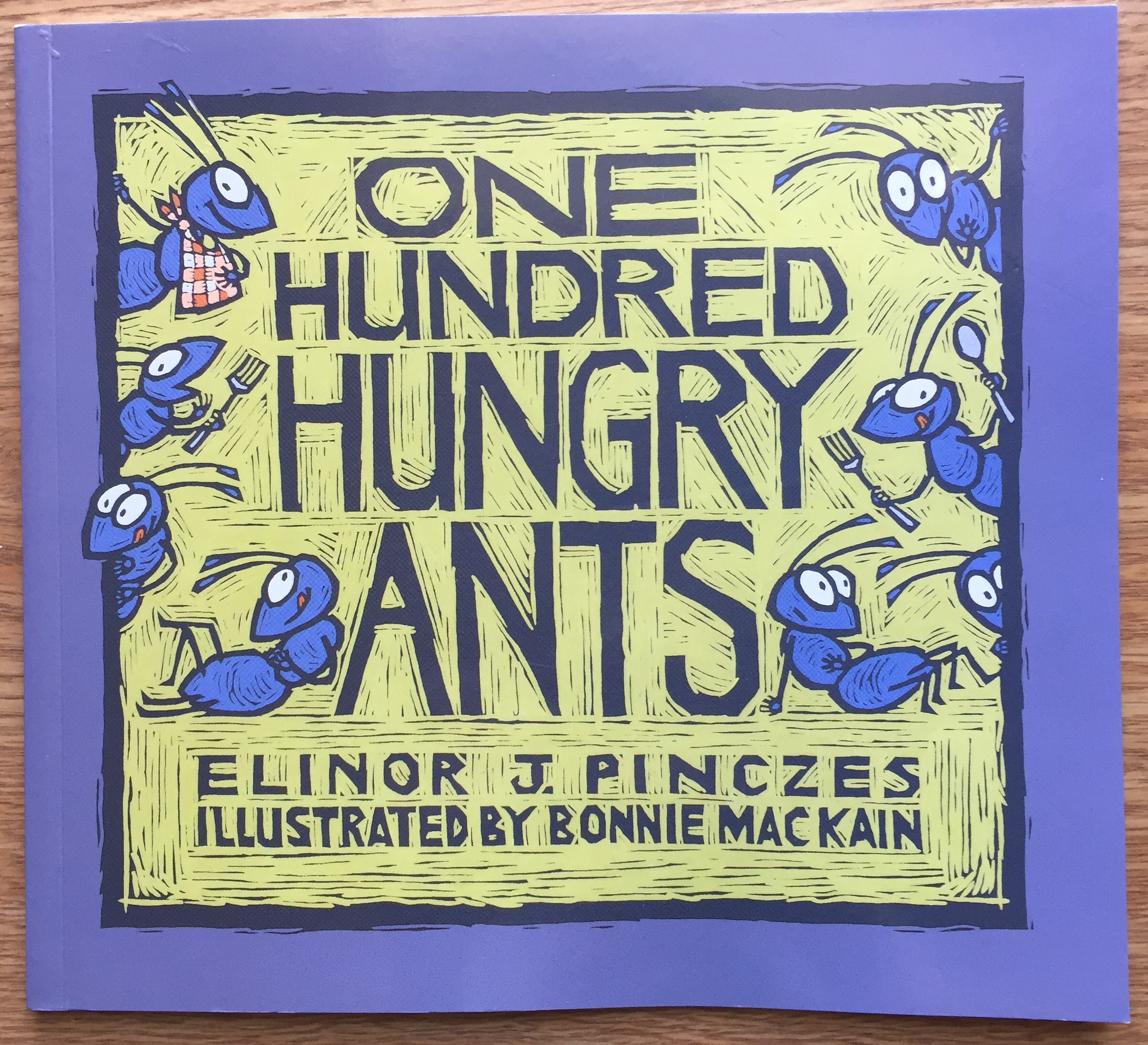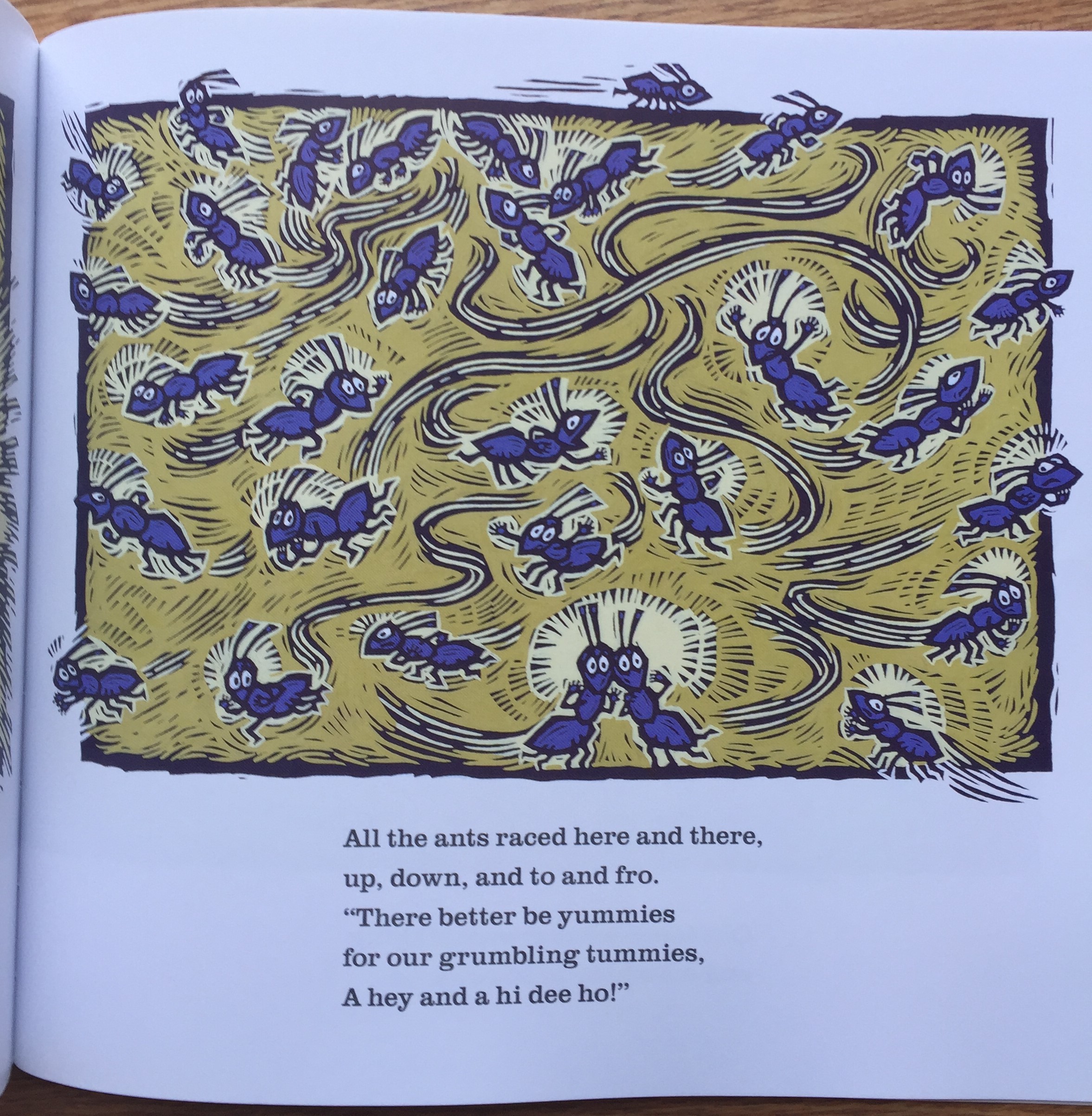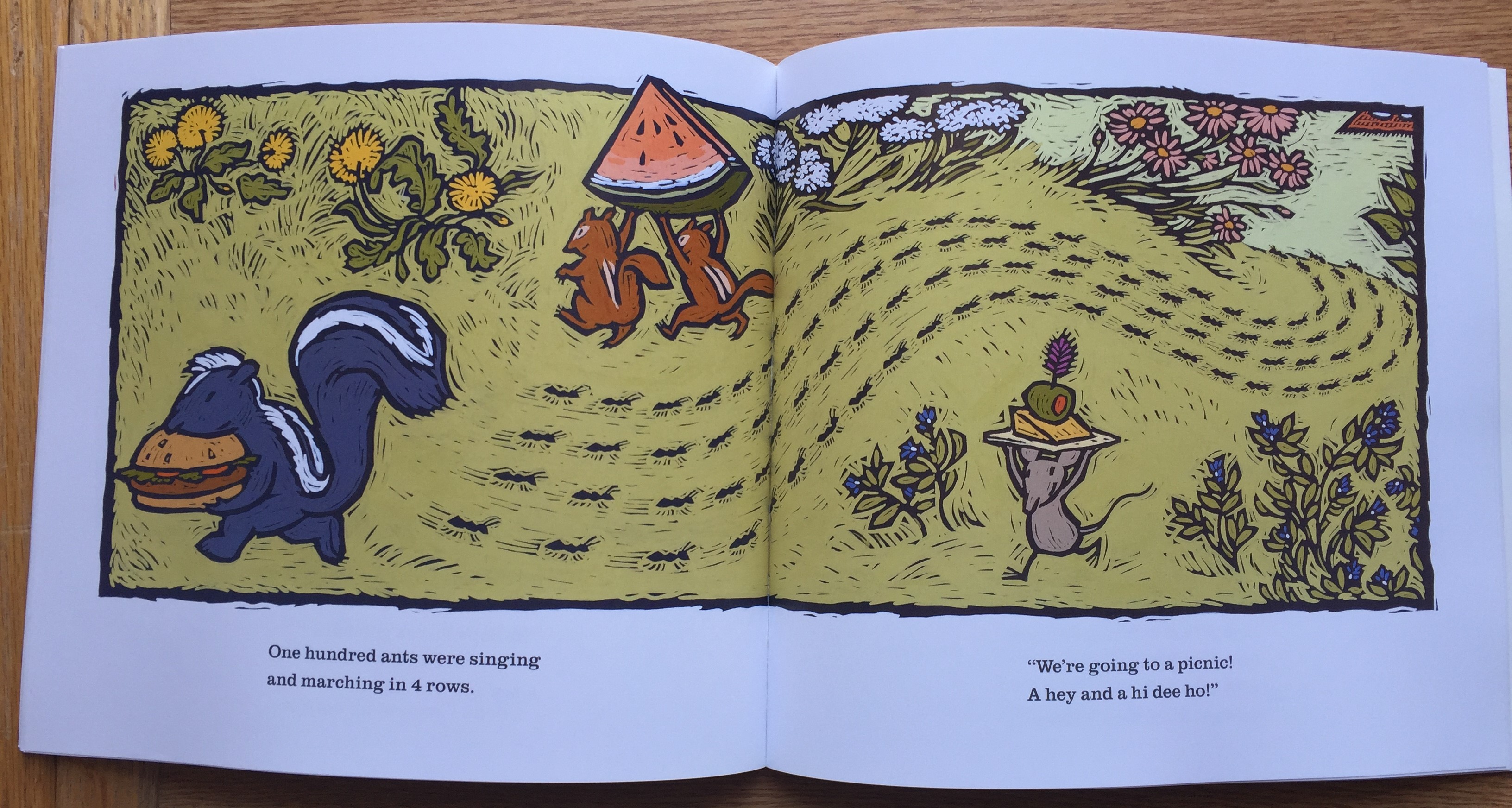
Illustrator: JiHyeon Lee
Publisher and Year: Chronicle Books 2015
Number of pages: 48
Genre: Picture Narrative
Analysis
Pool is a Picture Narrative book which shows the story of a young boy and his friend at the pool. The pool is crowded so him and his friend swim underneath everyone else and discover a fantastical world of sea creatures. They interact with many sea creatures, have a great adventure, and then leave when the pool is closing.
This text could be both a window and a mirror because of the depictions of the children. Although the two main children appear to be Asian, there is no culture directly addressed in this book because there are no words to tell exactly what their ethnicity is. Because this is a picture narrative, it initially seems difficult to draw meaning from the plot or anything that happens in this book however, the back of the book dedicates it to “Those who want to swim freely in the world.” With this quote in mind, the book becomes one that depicts the imaginative escape of a crowded world.

The colors in the book speak to this idea particularly well. In the beginning, the boy arrives at the pool and before he can get in everyone else rushes in before him. Around 40 people fill up the pool and yet the only color in the entire scene is from the water. As the boy swims below the surface and underneath all the other patrons at the pool, his shorts go from grey to blue, his skin becomes colored as opposed to stark white and his white swim cap has tones of yellow in it. As the book progresses, the pictures get more colors in the sea creatures they encounter and the habitats they discover. The pages become filled with lively yet serene images of imaginative sea creatures that are depicted in a childlike manner, with smiley faces and humanoid mouths.


This book truly captures the imagination and childlike wonder and in the end when the two friends leave they are in color while the rest of the pool goers are still in greyscale. This book speaks to the importance of imagination and creativity as a tool for innovation and personal gain. The two friends get to experience an adventure and after it is completed, they take it with them and learn from the experiences they shared.



